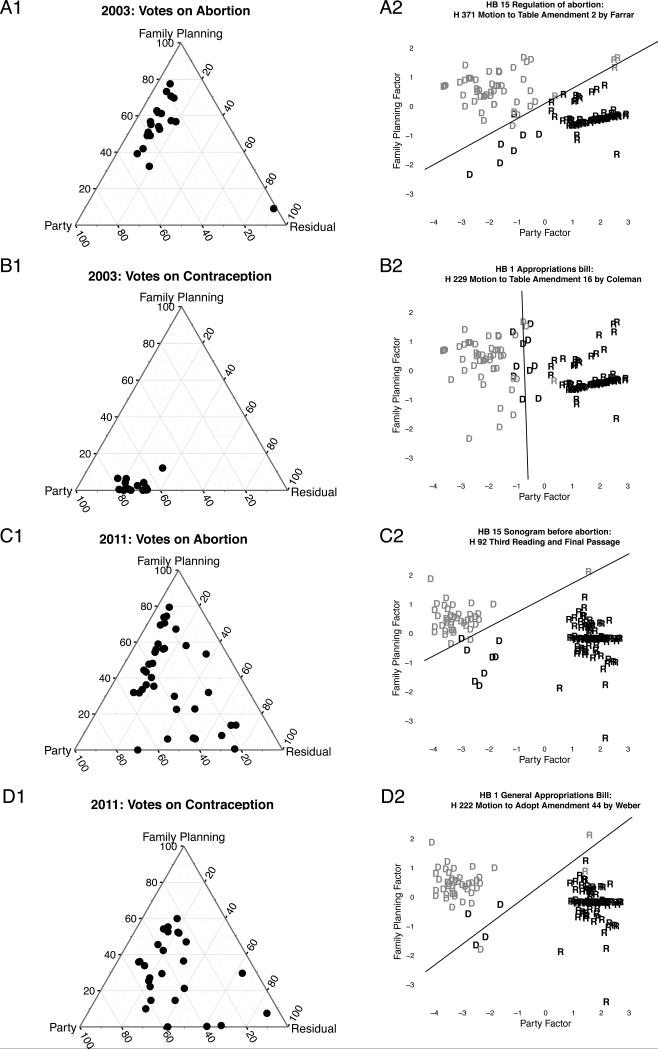Figure 2. The changing politics of public funding for contraception.
The four left panels (A1-D1) show the locations in political space for all family-planning bills stratified by two criteria: 2003 vs. 2011 sessions, and votes on abortion vs. votes on funding for contraception. Each panel is a ternary plot depicting a Bayesian version of R2 for each vote in the corresponding stratum. Intuitively, the triangle provides a set of three axes: percent variation on a vote explained by the party factor, percent variation explained by the family-planning factors, and unexplained residual variation. By construction, these three numbers must add up to 100. (See the Technical Supplement for details.) In 2003, abortion bills and contraception-funding bills fall in different locations in the political space (Panels A1 vs. B1). Abortion bills show large contributions from both factors, whereas contraception-funding bills are essentially pure-party votes, with nearly 0% variation explained by the family-planning factor. By 2011, however, the politics and abortion and contraception have converged, with both kinds of bills showing similar contributions from both factors (Panels C1 vs. D1). The right four panels (A2-D2) show individual bills that typify this convergence. In each panel, Republicans are labeled as R and Democrats as D; “yes” votes are shown in black and “no” votes in grey. Panel A2 shows a typical abortion bill from 2003. The voting cut line—that is, the line in political space that best separates the yes and no votes—is strongly diagonal, showing that the party factor alone cannot explain the pattern of votes. Panel B2, on the other hand, shows a typical 2003 bill on funding for contraception. Here the cut line is nearly vertical. Therefore this vote is a one-dimensional “party-only” issue that occupies a different location in political space than the abortion bill shown in A2. C2 and D2 show typical 2011 bills on abortion and contraception, respectively. In contrast to the 2003 bills in A2 and B2, both cut lines are now strongly diagonal (and thus these bills are two-dimensional issues). Taken together, all 8 panels show that abortion and contraception occupied similar locations in political space in 2011, but not in 2003.

